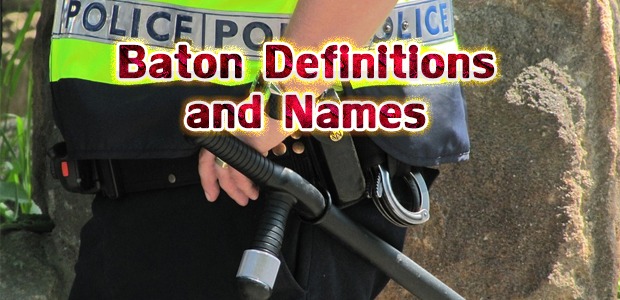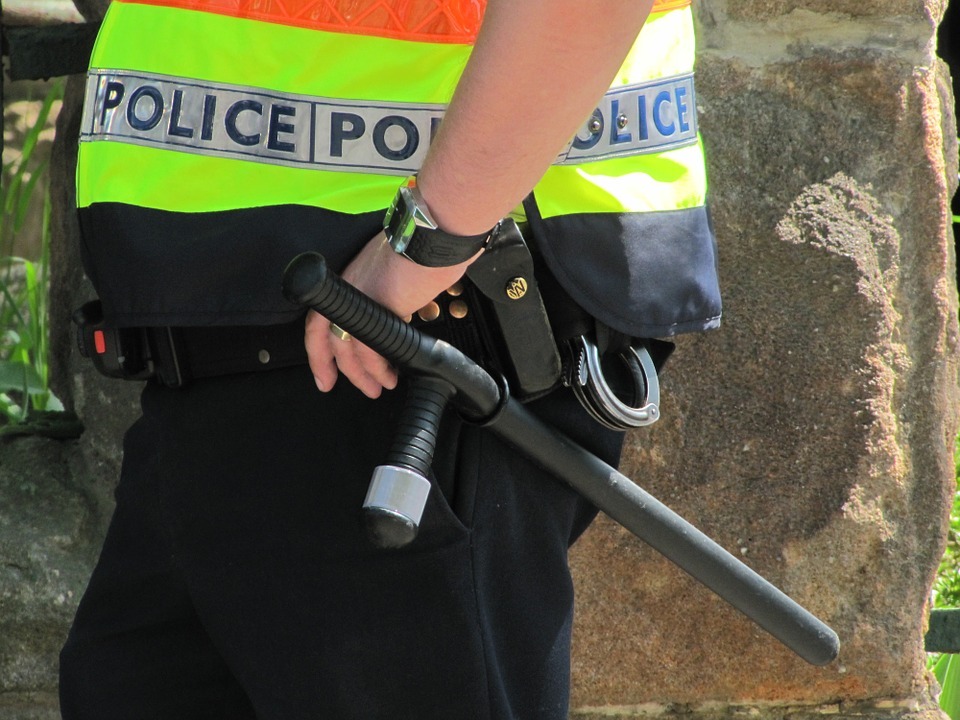Whenever you see a police officer brandishing a baton or carrying it under his belt, you’d better feel intimidated and choose to follow the rules of law. Batons have been used for long since many centuries ago. However, they have been slowly phasing out in favor of newer and more modern devices (such as taser guns or any other electroshock weapons) that are definitely less lethal and designed to neutralize the perpetrator (in a less brutal manner).
To those who are wondering what a baton is, it is a cylindrical club (usually tapered at the handle tip) which is used by law enforcement as a compliance tool or a defensive weapon. It is usually made out of wood although a baton can also be made out of other materials such as metal or plastic, or a combination of any of the three.
A baton is not just used by the police, but it is also used by security guards, prison or penitentiary staff, correctional staff or military personnel. In some cultures, a baton is a symbol of law enforcement and police force, and is seldom used for inflicting death or serious injury.
How is a baton used?
A baton is used by striking, jabbing, beating or bludgeoning, in order to knock down or subdue a subject – whether offensively or defensively. Batons can be quite effective in controlling individuals who are highly resistant against arrest (for instance).
However, police officers and other members of security and law enforcement should keep these four things in mind when using a baton:
- Batons should be tucked in their duty belts;
- Only the “right” kinds of batons should be used;
- They should know which part of a subject’s body to be struck with a baton to produce the most effective muscle dysfunction;
- They should know how to strike the baton with enough force to subdue the subject.
Other names of batons:
- billy (or billie, billy club or billy club)
- blackjack
- bludgeon
- club
- mace
- nightstick
- sap
- sand club
- slapjack
- truncheon
Expandable batons
Expandable batons have been around since they were first introduced during the mid-1970s by Armament Systems and Procedures, Inc. or ASP.
The ASP is the oldest and the best-known maker of expandable batons. That’s why a lot of people refer to any expandable baton as “ASP,” even to those that are manufactured by other companies. It’s like a trademark name.
The expandable baton (sometimes called a collapsible baton) is the most popular form of baton for most of the US law enforcement today because of its portability and versatility. Its size ranges from 16 to 31 inches. The expandable baton’s relative lightness enables police officers to generate multiple strikes in a short period of time.
As much as batons are used by law enforcement in order to contain crime and violence as well as to maintain peace and discipline, unfortunately criminals use batons as well because they are easy to transport and conceal. That’s why almost every state in the US has its own expandable baton laws (not all states, though). For civilians who intend to carry a baton – whether openly or in a concealed manner – for the purposes of lawful self-defense, many states even require them to obtain a license or a special permit (such as a “CWP” or concealed weapons permit).
Check out https://my-self-defense.com//self-defense-tools/expandable-batons/ and https://my-self-defense.com/self-defense-laws/expandable-batons/ for guidance and useful links on whether your state permits or prohibits the use, possession, transfer, manufacture or sale of batons and other similar weapons, and these may also include collapsible or expandable batons and clubs.
In case your state’s statutes do not explicitly or specifically state the use of batons and you want to know if it’s lawful to carry them, it’s always best to ask your lawyer for legal advice. You can also consult your local law enforcement regarding this matter.


